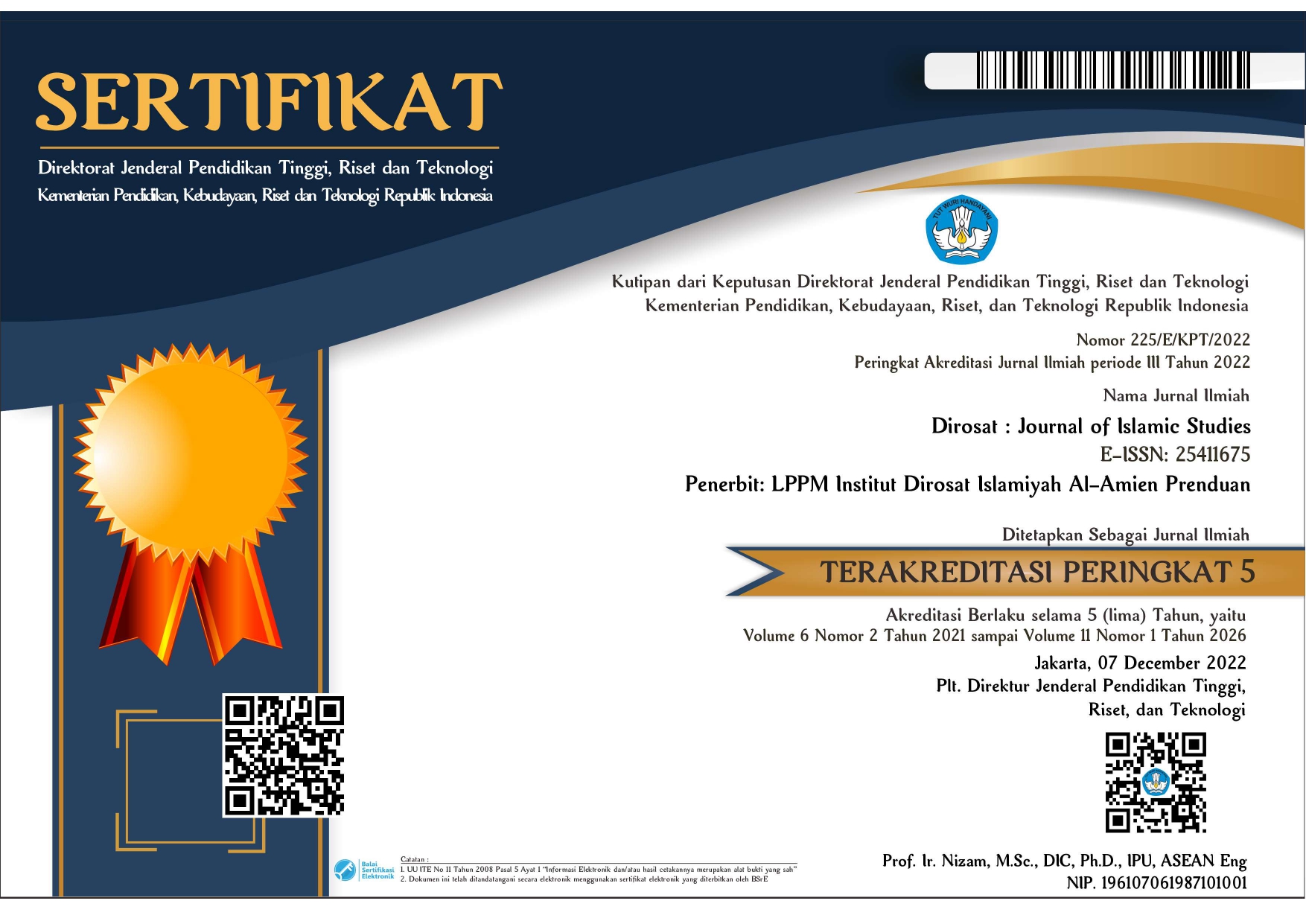LANGUAGE AND RELIGION: A PHILOSOPHICAL NAVIGATION ON THE BOUNDARIES OF TRUT
Abstract
Abstract: This paper explores the intricate relationship between language, interpretation, and truth, particularly within the context of religious texts. It argues that language serves as a boundary that shapes human understanding and that truth is a product of interpretation rather than an absolute concept. The paper delves into various philosophical and theological perspectives on the nature of language, suggesting that while language can limit comprehension, it also provides a framework for dialogue and discovery. Emphasizing the diversity of interpretations, the paper proposes a methodological pluralism that accommodates multiple perspectives and acknowledges the evolving nature of truth. It discusses how different interpretations are influenced by cultural, historical, and personal contexts and advocates for an open-ended approach to reading sacred texts, where continuous dialogue can reveal deeper meanings. The study highlights the limitations of human intellect in grasping divine truth and calls for a dynamic engagement with texts to uncover their full significance.
Keywords
References
Craig, Edward (editor). Routledge Encyclopedia of Philosophy, Software Version 1.0, London: Routledge).
Finocchiaro, Maurice A. 2019. On Trial for Reason: Science, Religion, and Culture in the Galileo Affair, Oxford: Oxford University Press.
Fish, Stanley. 1980. Is There a Text in This Class?” (Cambridge: Harvard University Press)
Gadamer, Hans-Georg. 1975. Truth and Method. Trans Garret Barden and John Cumming. New York: Seabury Press.
__________ . 1977. Philosophical Hermeneutics Trans and edited by David E. Linge (Berkeley: University of California Press)
Hans, James S. “Hans-Georg Gadamer and Hermeneutic Phenomenology”. Philosophy Today 22 (1978): 3-19.
Hart, Kevin. 1991. The Trespass of the Sign: Deconstruction, Theology and Philosophy, (Melbourne: Cambridge University Press)
Kenneson, Philip D. There is no such Thing as Objective Truth, and It is a Good Thing, Too, hands out.
Murchadha, Felix O. “Truth as a Problem for Hermeneutics Towards a Hermeneutical Theory of Truth”, Philosophy Today, Summer 1992
Placher, William C. 1948. Unapologetic Theology: a Christian Voice in a Pluralistic Conversation, (Kentucky: Westminster/John Knox Press)
Robertson, Ian. 1983. Sociology, Worth Publisher
Rushd, Ibn. 2001. Exposition of Religious Arguments, transl. Ibrahim Najjar, Faith and Reason in Islam, England, Oneworld Publications,
Schwandt, Thomas. 1994. Constructivist, Interpretivist Approaches to Human Inquiry. Handbook of Qualitative Research Thousand Oaks, California: Sage.
Shah, Mustafa. 1999. “The Philological Endavours of the Early Arabic Linguists: Theological Implications of the tawqif-istilah Antithesis and the majaz Controversy – Part I, Journal of Quranic Studies, pp. 27-46
Sini, Carlo. 1993. Images of Truth: from Sign to Symbol, trans. Massimo Verdicchio, New Jersey, Humanities Press,
Stace, W.T. 1980. Religion and the Modern Mind, (Connecticut: Reprinted by Greenword Press)
Steiner, George. 1975. After Babel: Aspects of Language and Translation, (London: Oxford University Press)
Swidler, Leonard and Paul Mojzes. 2000. The Study of Religion in an Age of Global Dialogue, (Philadelphia: Temple University Press)
Szabo, Zoltan Gendler. “Early Modern Philosophy of Language” in Routledge Encyclopedia of Philosophy, Software Version 1.0 (London: Routledge)
Tarski, A. 2021. The Semantic Conception of Truth and the Foundation of the Semantics, a portion of the book edited by Michael P. Lynch, Jeremy Wyatt, Junyeol Kim, Nathan Kellen, The Nature of Truth: Classic and Contemporary Perspectives (Second Edition), (Boston: The MIT Press)
Taymiyah, Ibnu. 1391. Dar’u Ta’arudl al-‘Aqlu wa al-Naqlu, (Riyadh, Dar Kunuz al-Adabiyah)
Zayd, Nasr H.A. 2000. “Sifat-sifat Ilahi di dalam Al-Quran: Beberapa Aspek Puitis” in John Cooper, Islam and Modernity: Muslim Intelectuals Respond, Trans by Effendi, (Jakarta: Erlanggga)
DOI: 10.28944/dirosat.v8i2.1835
Refbacks
- There are currently no refbacks.

This work is licensed under a Creative Commons Attribution-NonCommercial-ShareAlike 4.0 International License.








